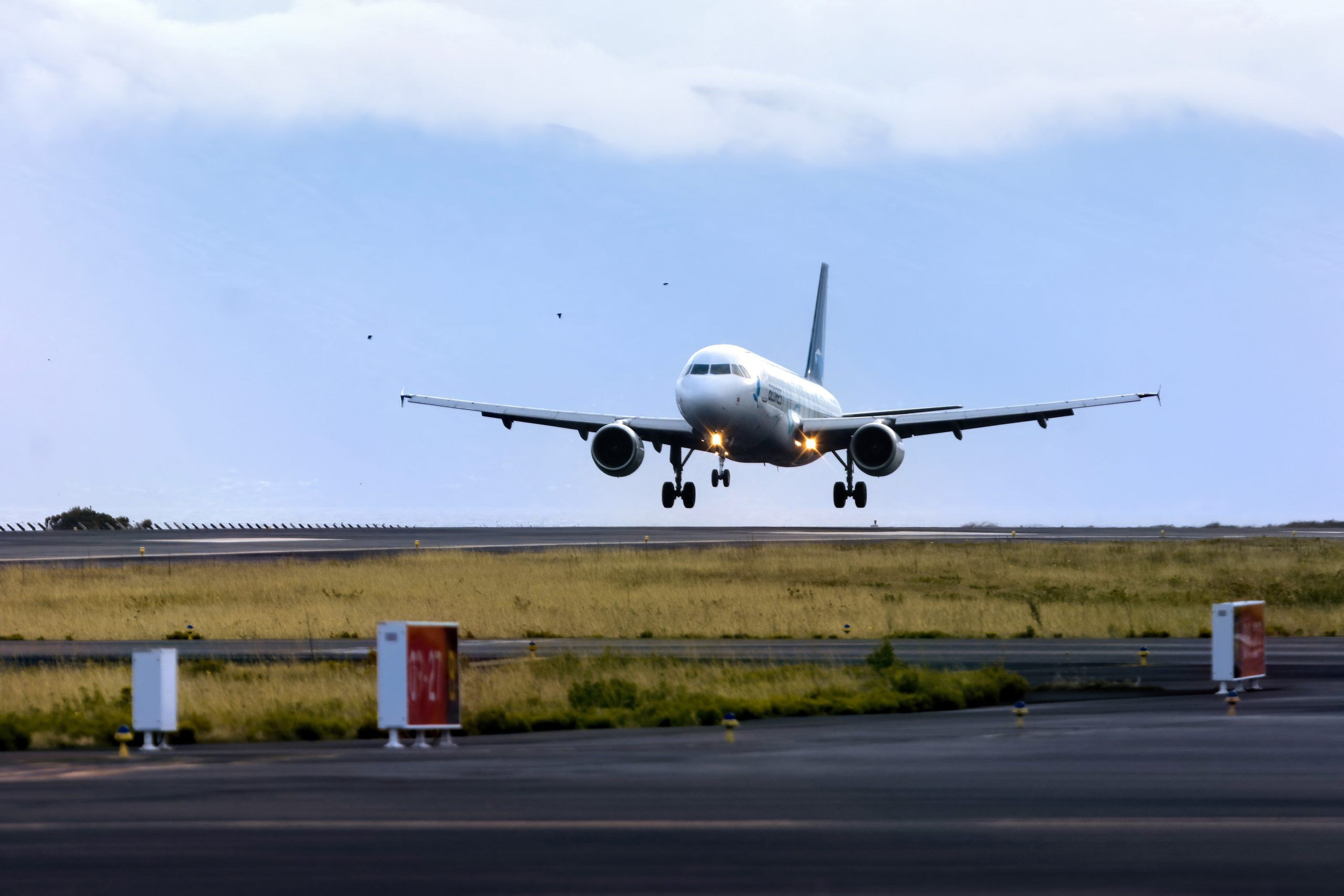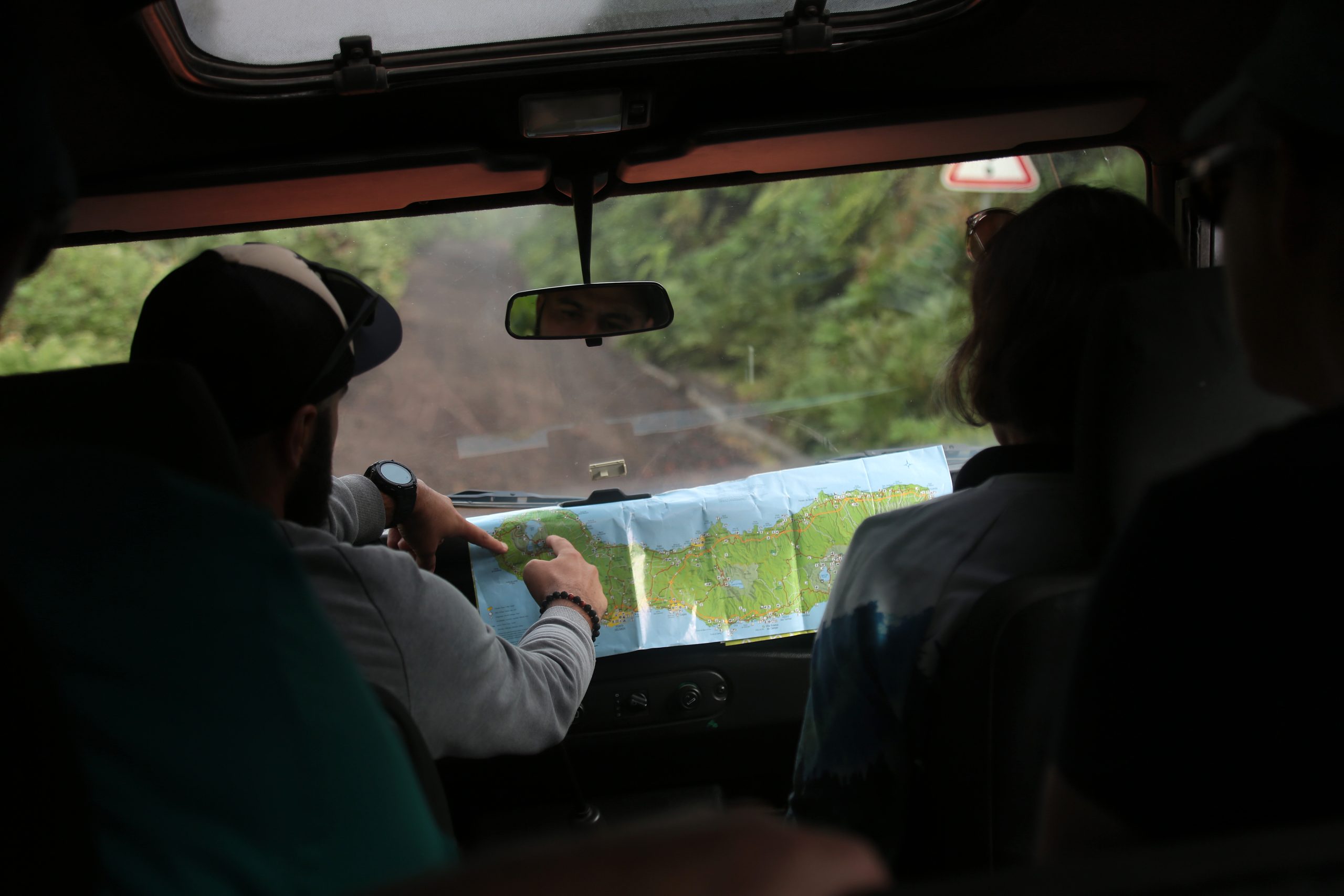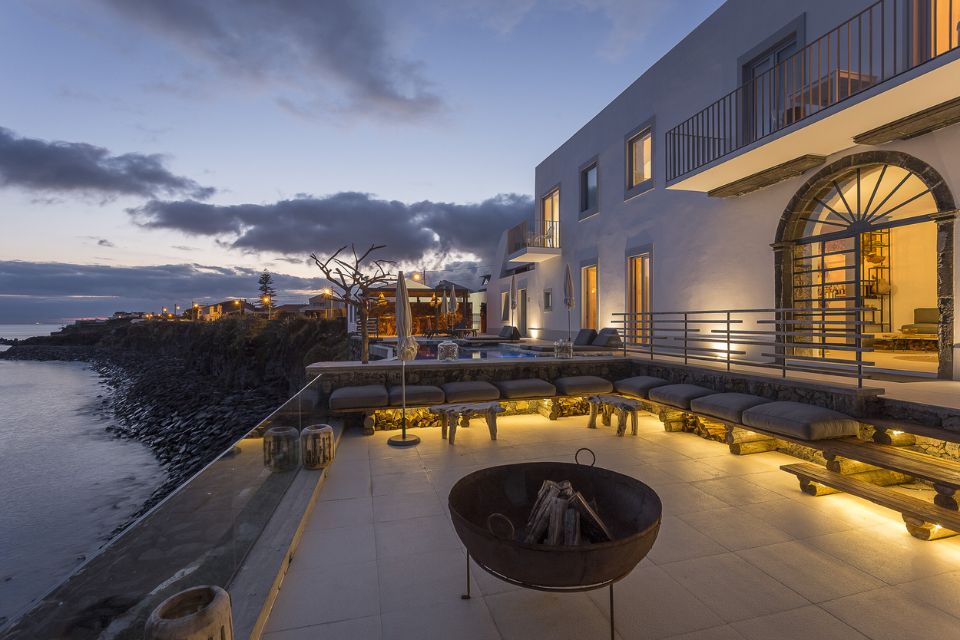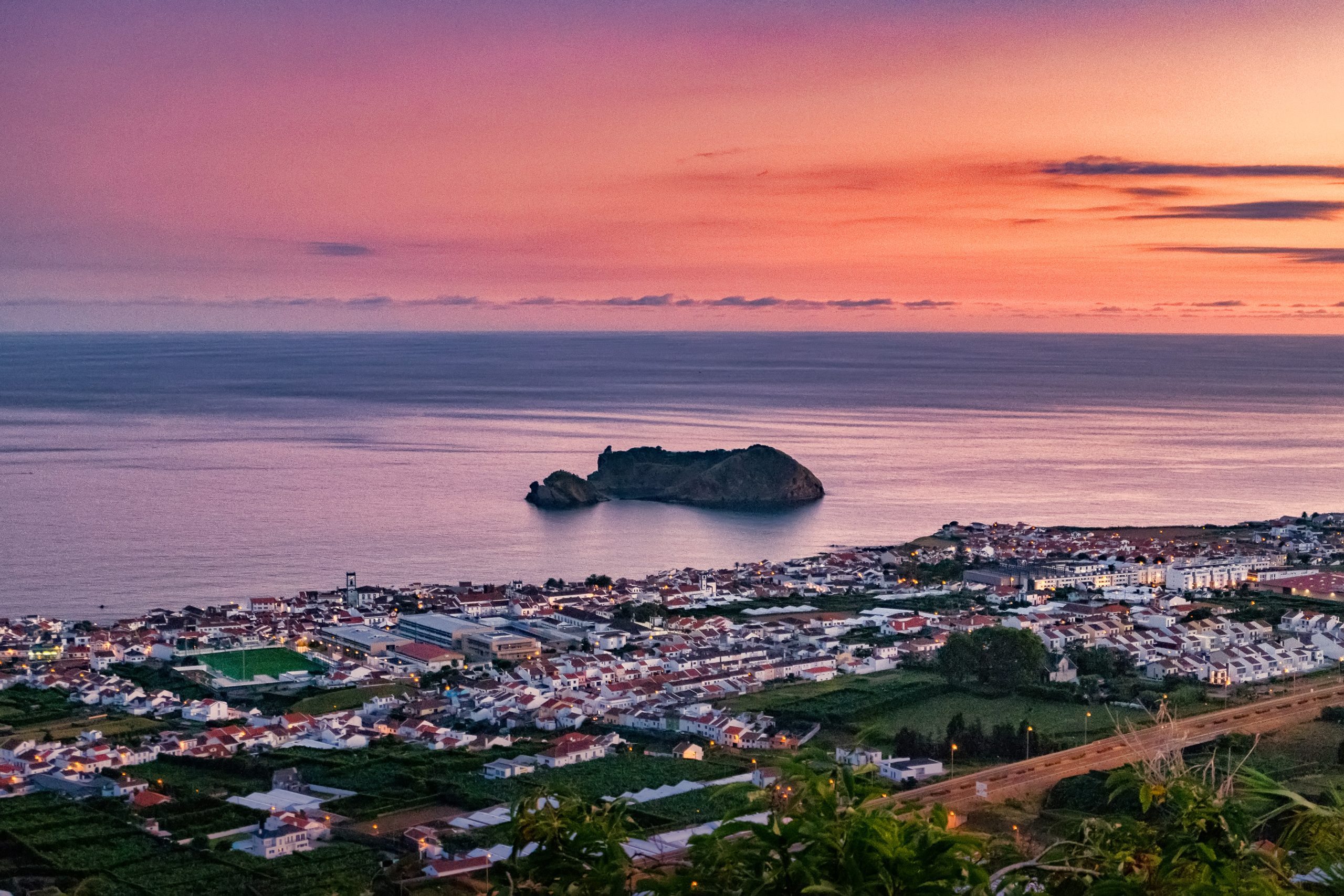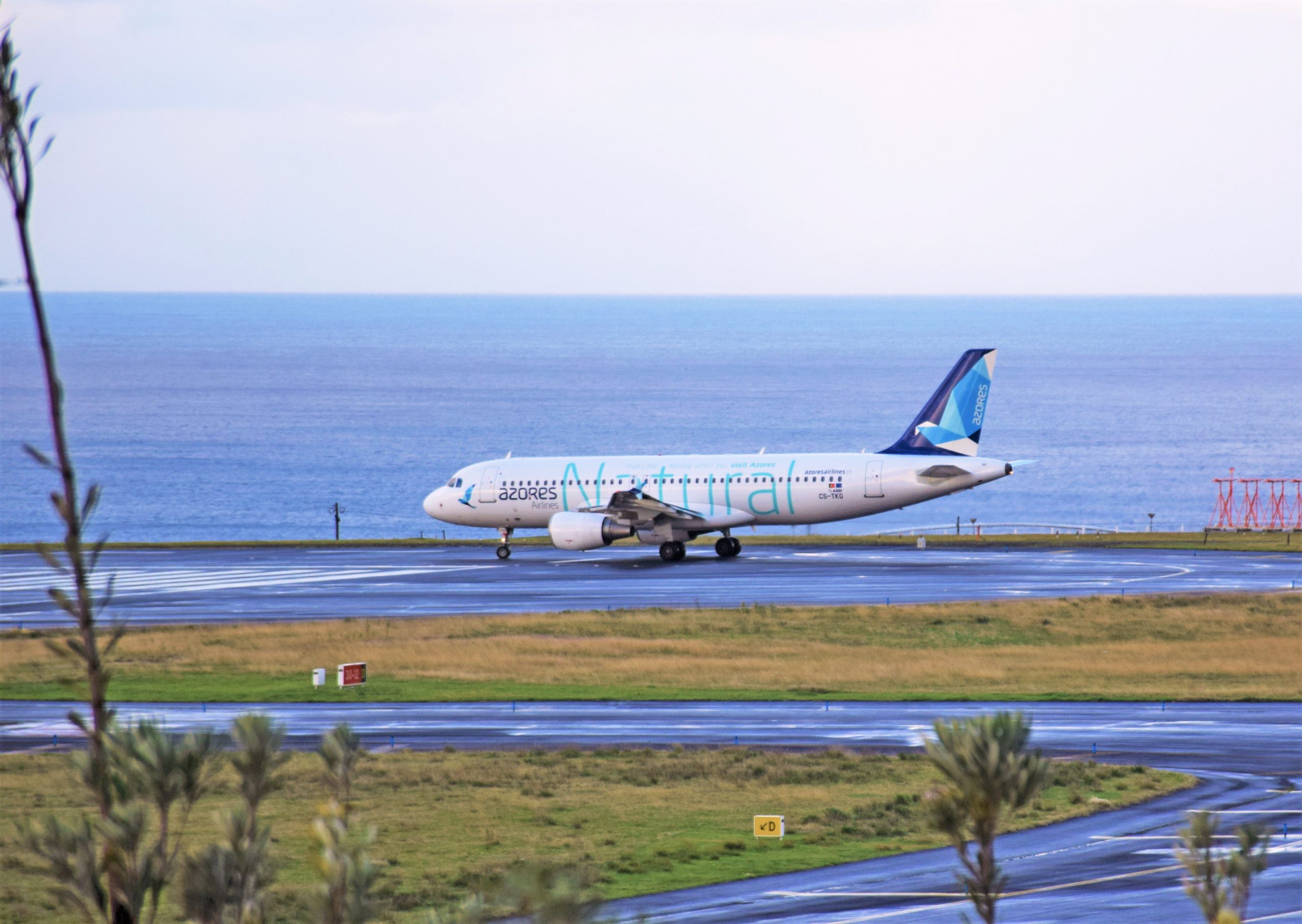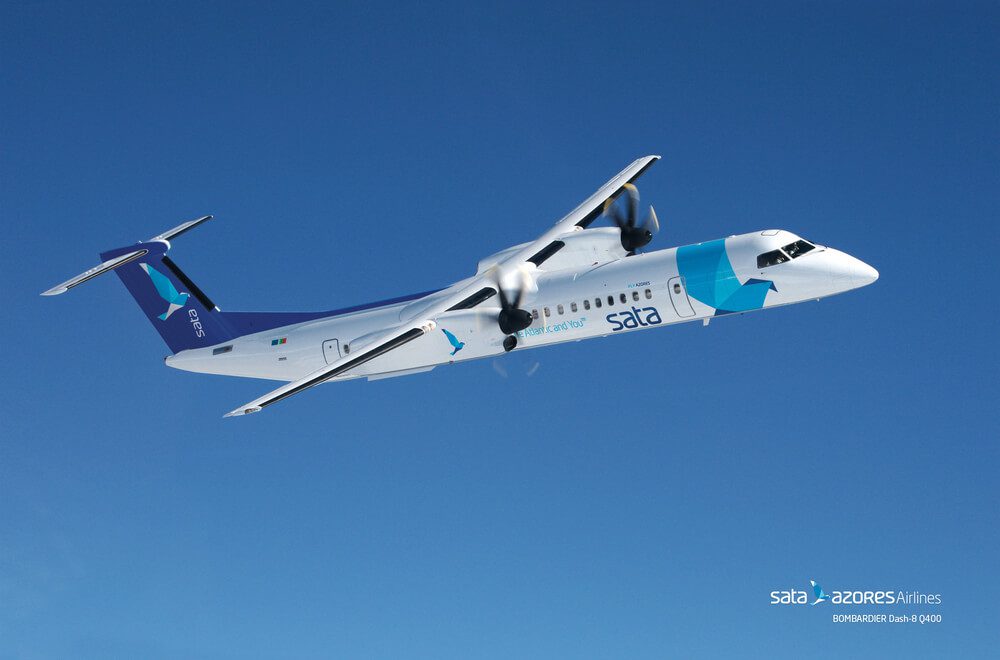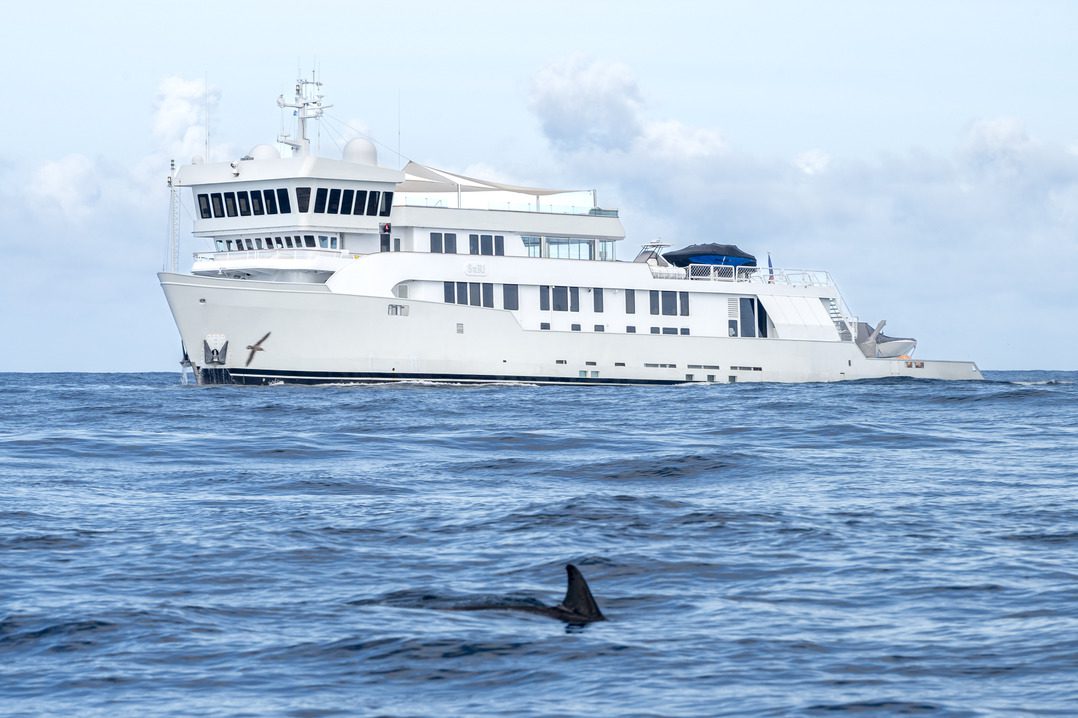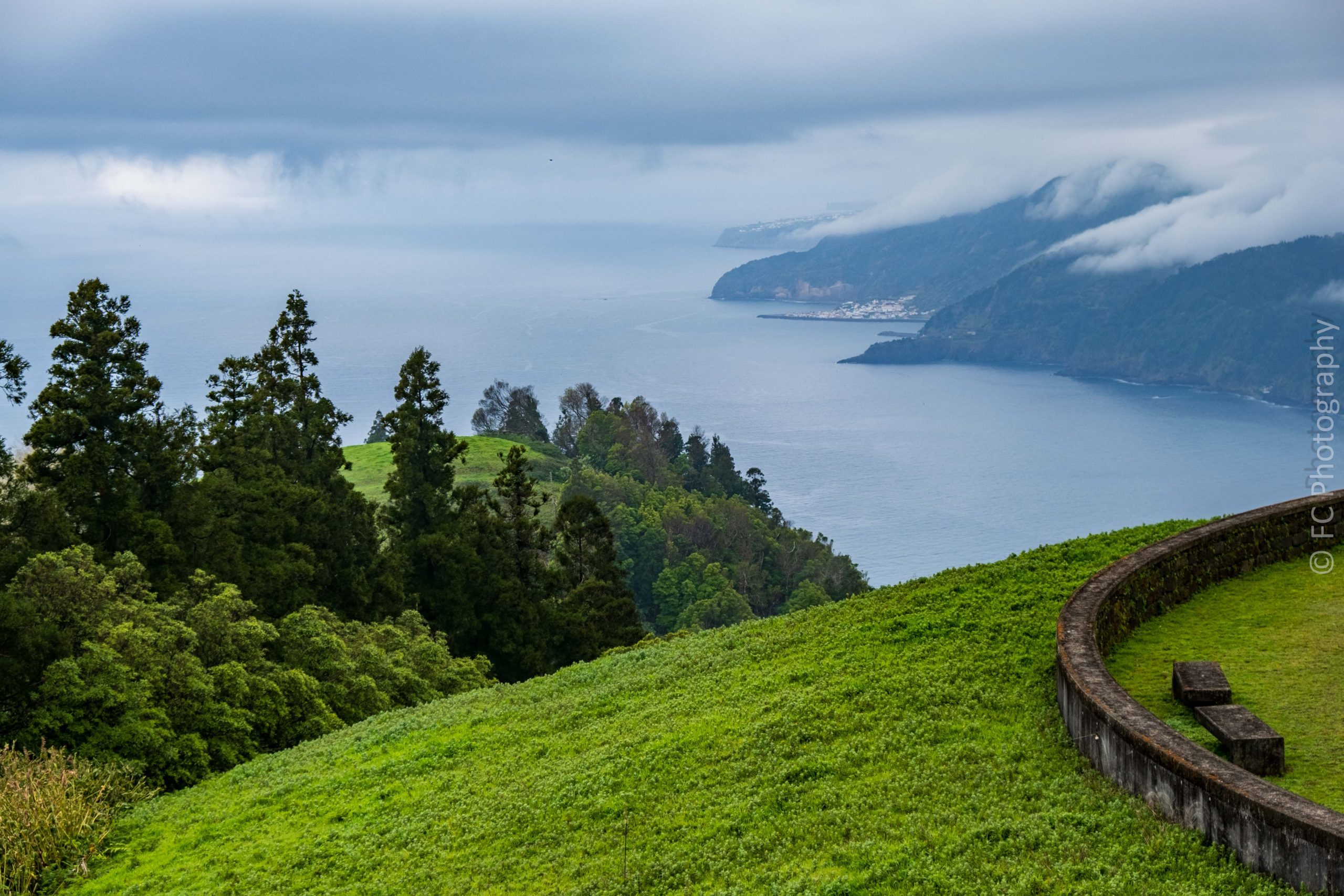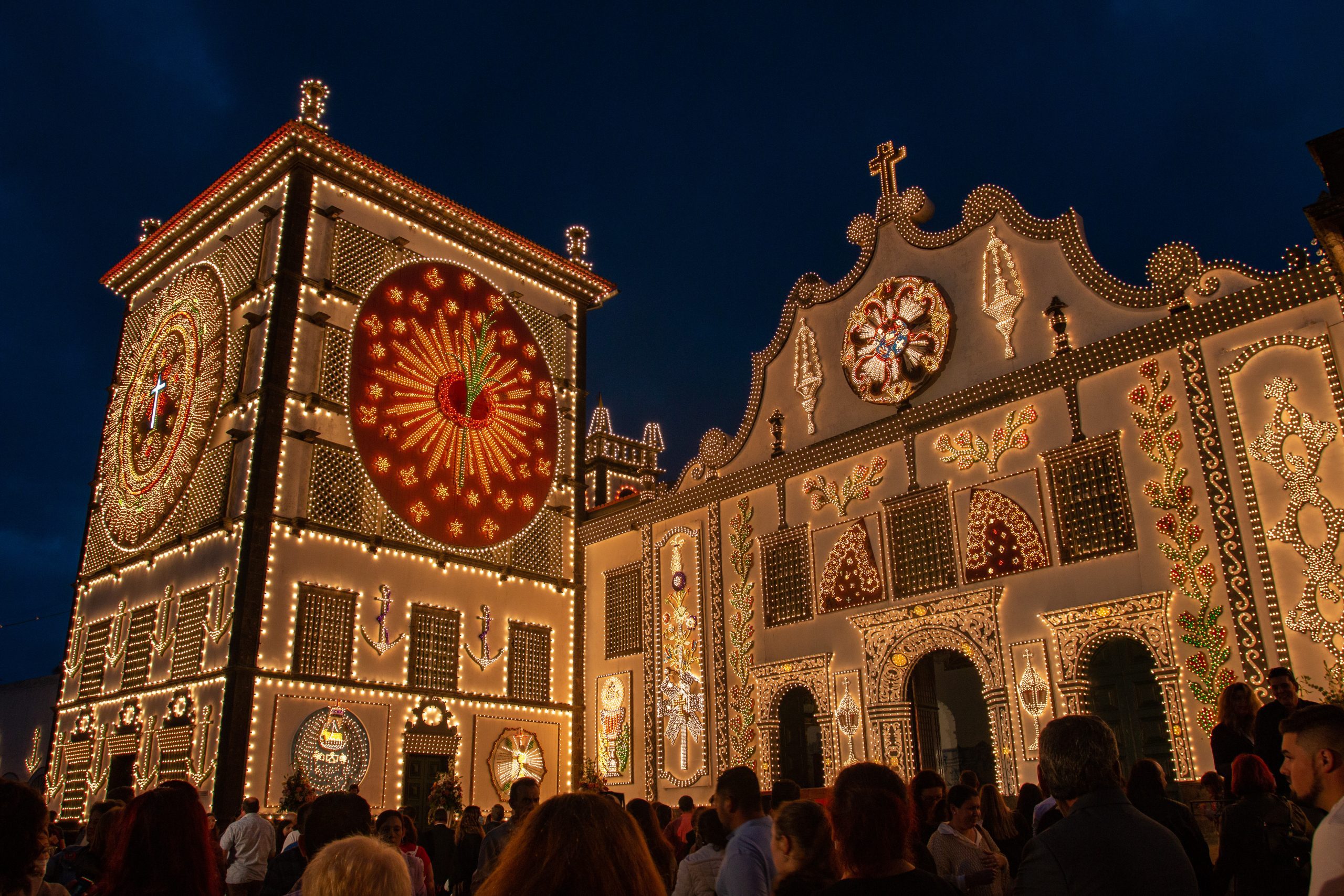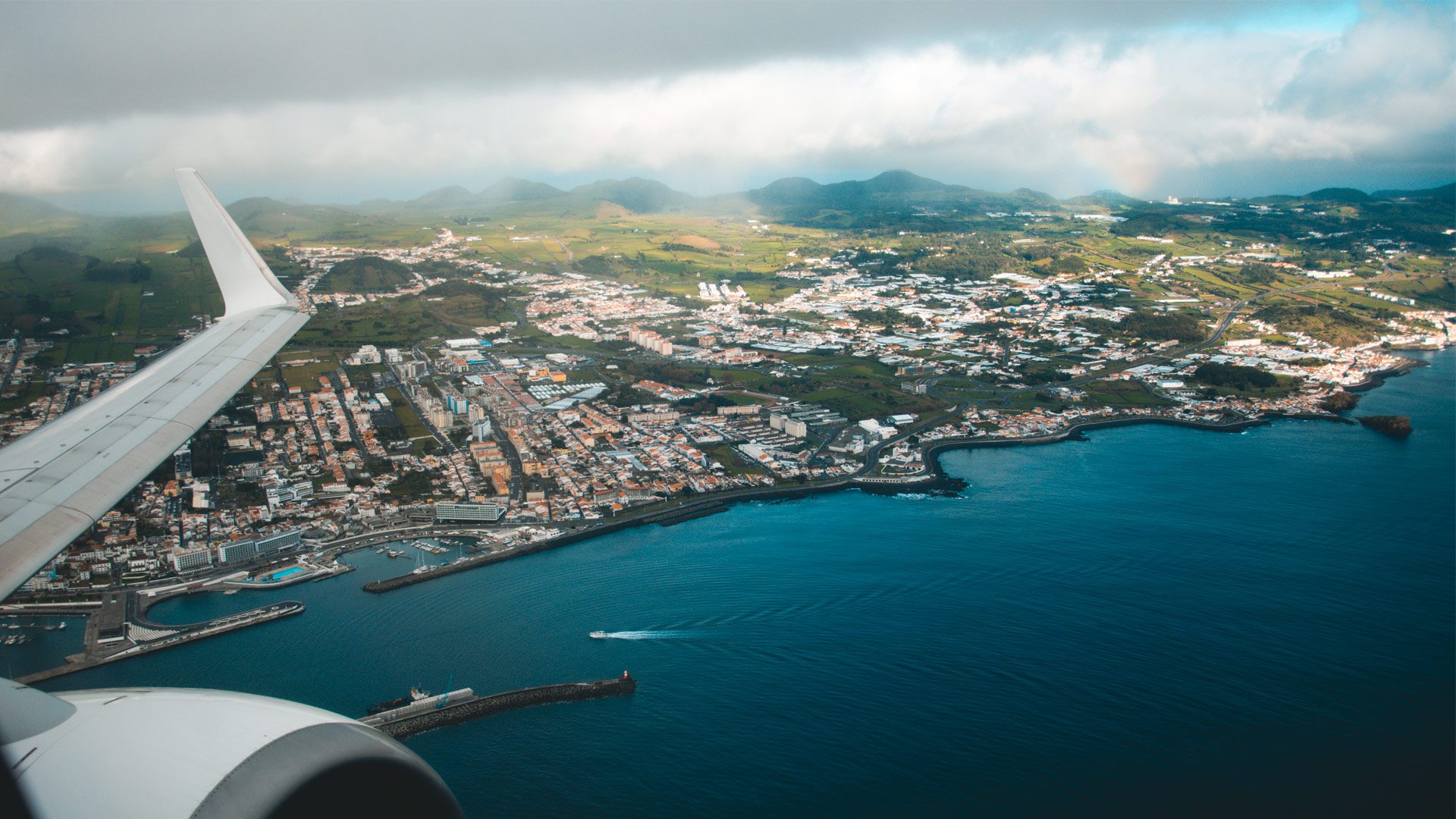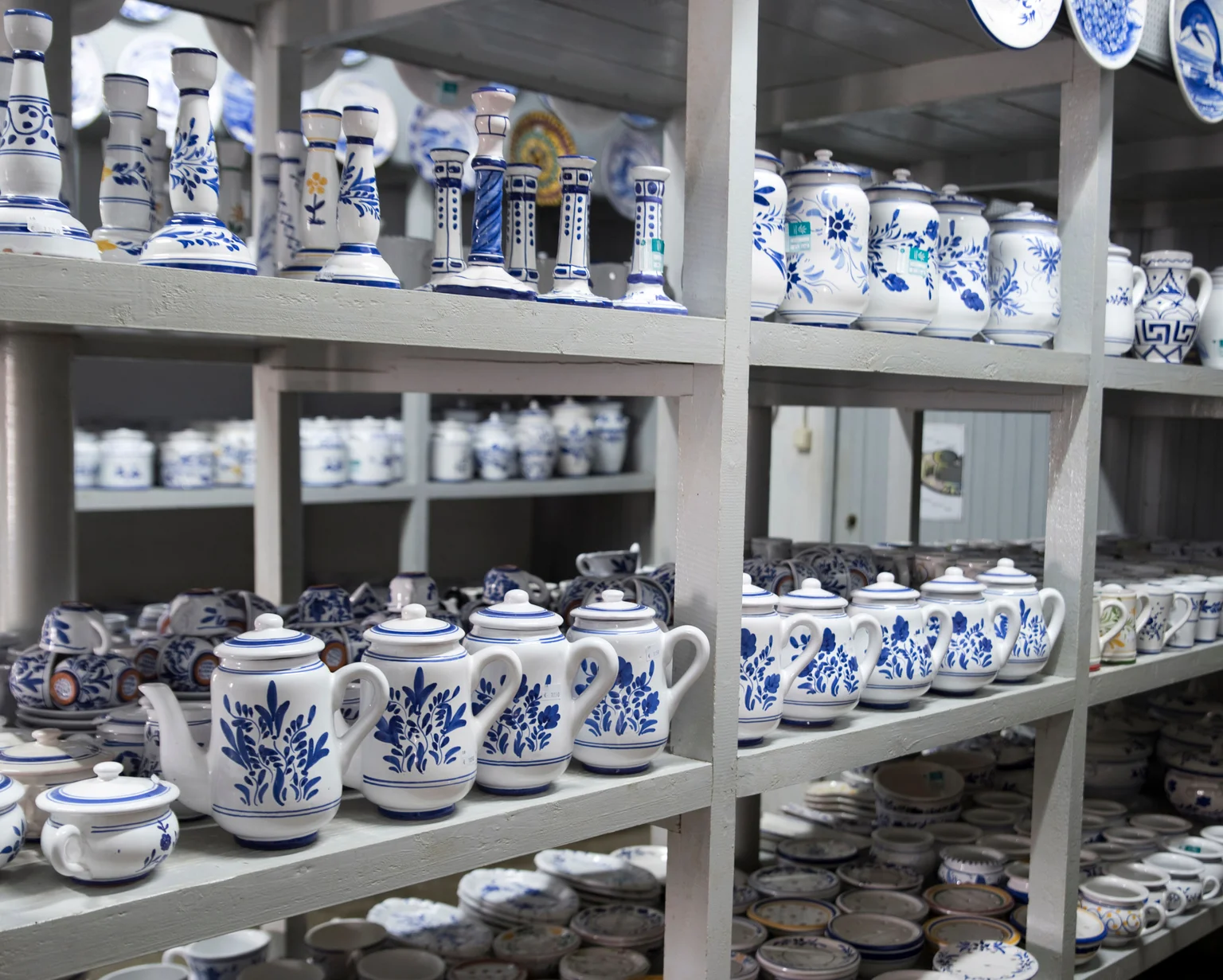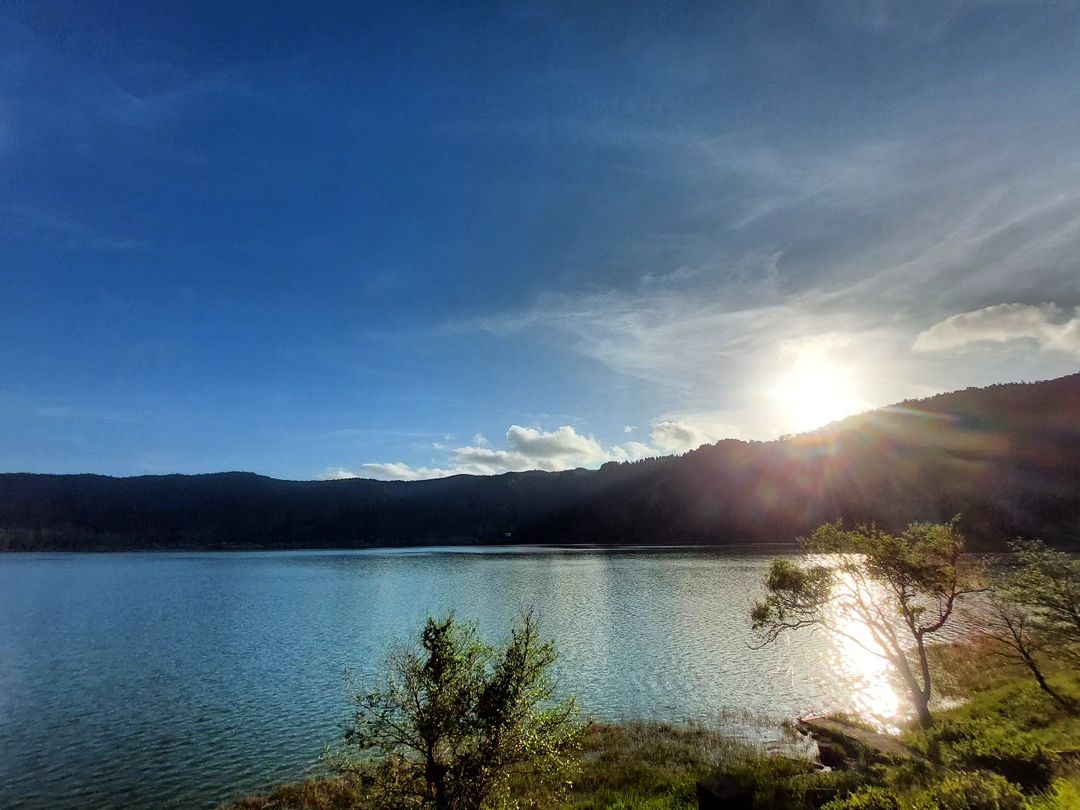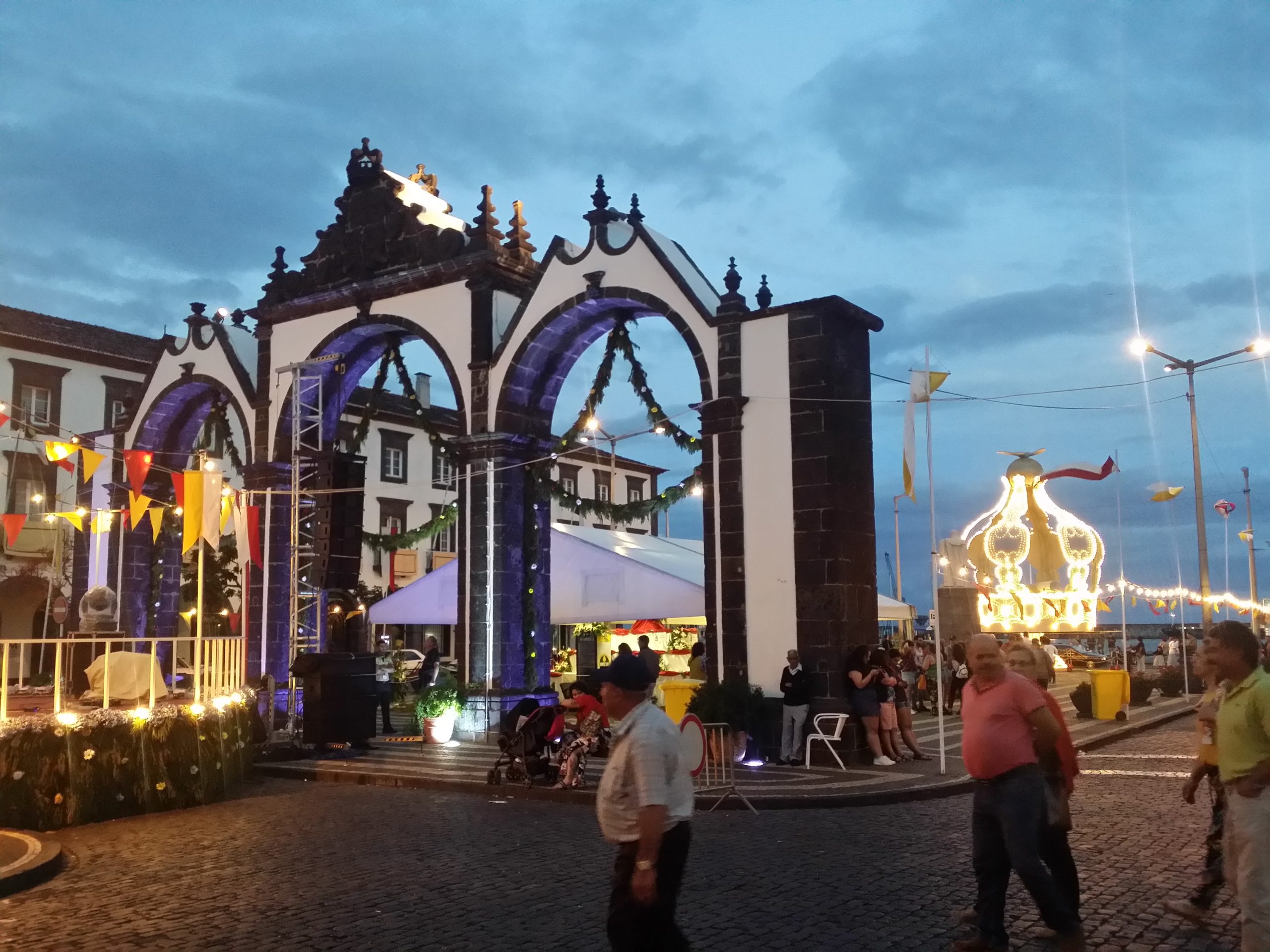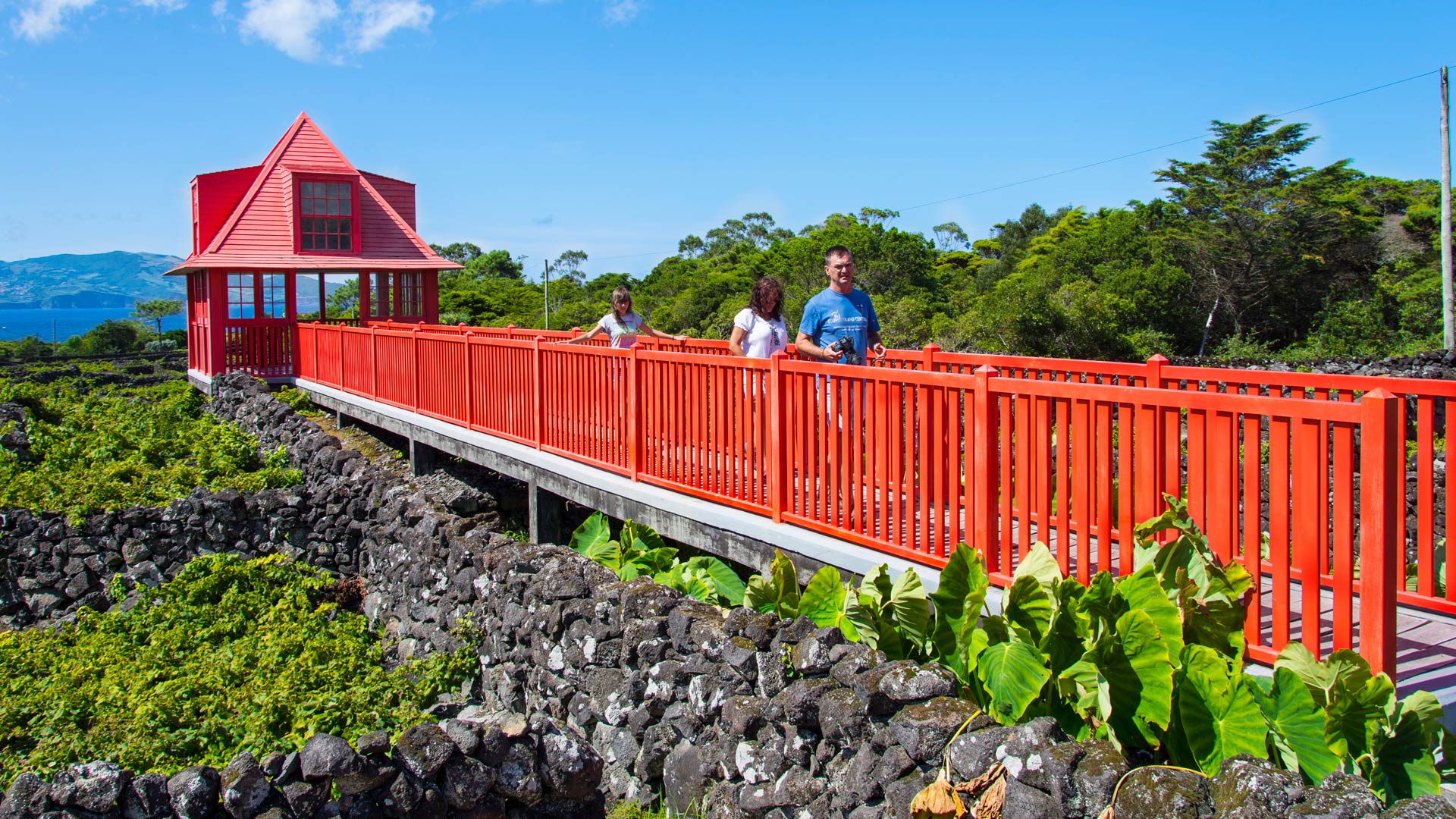The Azores are a beautiful volcanic island group in the North Atlantic Ocean and were first discovered by the Portuguese in the 15th century. These volcanic islands have since then been known to represent the beauty and history of the world. This group of islands boasts of astonishing sea views and a cultural legacy, and has also played a vital role in the Age of Discovery.
The Azores are renowned for their lush nature, wildlife, and unique traditions. But how were these islands discovered? The answer dates back to the Age of Discovery, an era of exploration led by Portugal.
Discovery of the Azores in a Historical Context

The discovery of the Azores took place in the 15th century, under the sponsorship of Prince Henry the Navigator. Portuguese explorers ventured into the Atlantic searching for new routes and lands. In 1427, the navigator Diogo de Silves landed on Santa Maria, the first island to be discovered. Over the next few years, the other islands were discovered and charted.
The first mention of the discovery of the archipelago is made in a letter from Prince Henry dated July 2d, 1439, to his brother, Dom Pedro. At this time, some islands like Flores and Corvo were still uncharted and would only be discovered in 1450 by the navigator Diogo de Teive.

Although Diogo de Silves is often credited as the discoverer, this information is not confirmed due to a lack of contemporary documentation. While other studies say that other people might have visited the islands earlier, what we know is that the origins of its discovery remain a mystery.
The islands were initially barren, with rich volcanic soil and a location on the Atlantic Ocean. All these factors made them a perfect place of call for ships and a valuable addition to the Portuguese empire during its navigation expansion.
Stages of Colonization

After the discovery, the colonization of the Azores started in the middle of the 15th century, but some evidences point toward the early occupation. Initial settlements were established on the island of Santa Maria around 1439, primarily by Portuguese families, followed by Flemish settlers.
Slowly, settlement moved to other islands, such as São Miguel, Terceira, and Faial. All the islands developed their unique features and economic forms, with a focus on agriculture and seafaring. The Flemish settlers were known to have introduced new methods of agriculture.
Over time, due to expatriation, more settlements were established on other islands such as São Miguel, Terceira, and Faial. The Flemish settlers brought advanced agricultural techniques, leaving a lasting cultural imprint.
Cultural Contribution

In fact, the Azores boast both Portuguese and Flemish origins, and these are apparent in the local culture, including architecture, culture, and tradition, as well as community practices. The native islands’ identity was more closely tied to the colonizers who settled during the early colonization period.
Architecture
The Azorean area has many old windmills, beautiful small churches, and typical settlements with both clearly Portuguese and clearly Flemish influences. These structures not only serve functional purposes but also stand as enduring symbols of the region’s rich history.
Traditions
With passion, the Holy Spirit Festivals are being held and remain one of the most distinctive cultural bequests on the islands. These festivals, which date back to the early days of colonization, include processions, communal meals, and the crowning of “emperors” in honor of the Holy Spirit.
Related Post → Public Holidays in the Azores 2025: Full List & Travel Guide
Fun Facts About the Discovery of the Azores

- The origin of the Name “Azores” derives from birds that explorers thought were goshawks (“Açores” in Portuguese) but were actually kites.
- Pre-Portuguese Presence: Archaeological evidence suggests a possible earlier human presence.
- Strategic Role: The islands were essential for navigation during the Age of Discovery.
Complementary Information
Best Season to Visit the Azores
The Azores Archipelago boasts a unique climate that shapes its lush landscapes, making it a splendid year-round destination. With mild temperatures and minimal fluctuations, each season offers something unique. Spring averages 16 °C, summer reaches 21 °C, autumn cools to 18 °C, and winter remains mild at 14 °C.
→ For a detailed breakdown of the weather by month, check the following links 🌤️☔️: January | February | March | April | May | June | July | August | September | October | November | December
How to Get to the Azores
The Azorean Archipelago is easily accessible through numerous flight routes. Lisbon and Porto are the main entry points to the continent, with direct flights available to São Miguel (PDL), Terceira (TER), Faial (HOR), Pico (PIX), and Santa Maria (SMA). To find the best flight, use search engines like eDreams or Skyscanner. These platforms enable you to compare prices and schedules from various airlines in one convenient location.
For more details on how to get to the Azores, take a look at our complete guide. But what if you want to explore beyond your arrival island? We’ve got you covered!
- Azores airports 🛬
- Flights between islands ✈️
- Ferries between islands ⛴️
- Which island to choose? 🏝️
- What airlines fly to the Azores? 🛩️
→ Once you’ve found the perfect route, book your tickets and get ready to experience one of the world’s most stunning island groups!
Travel Essentials
Essential Information for your Azores trip: Azorean Language & Phrases 🗣️ | Currency & Banks 💵 | Credit Cards & Traveler’s Cheques 🏧 | Driving in the Azores 🚗 | Electricity 🔌 | Experiences & Tours 🗺️ | Health & Safety 🩺 | Internet & Wi-Fi Access 🛜 | Phones & Mobile Service 📞 | Post Offices & Buying Stamps ✉️ | Public Holidays 🏖️ | Shopping 🛒 | Time & Daylight 🕒 | Whale Watching Guide 🐳 | Best Island to Visit 🏞️
Useful Tools & Apps
The weather in the Azores can be variable, so it’s helpful to use some apps before visiting the islands. Spotazores provides live camera feeds from the main tourist attractions, allowing you to check the weather and plan your visit. For accurate weather predictions, use Windy or Windguru — they provide the most reliable predictions.
Conclusion
The discovery of the Azores is one of the most important events in Portuguese history. With a rich cultural and natural heritage, these islands continue to captivate generations. Discover the Azores and understand why they are a heritage of the Atlantic.
FAQs
The Azores were officially discovered in 1427 by the Portuguese navigator Diogo de Silves, although there is limited documentation about this event.
The name “Azores” comes from the Portuguese word for goshawks (“Açores”), as early explorers mistakenly thought these birds inhabited the islands. They were, in fact, kites.
The first settlers were mainly from mainland Portugal and Flanders, arriving around 1439 to cultivate the land and develop agriculture.
Yes, some archaeological evidence suggests possible earlier human activity, though it remains unconfirmed.
The Azores offer a combination of volcanic landscapes, biodiversity, and cultural richness, alongside sustainable tourism practices.




